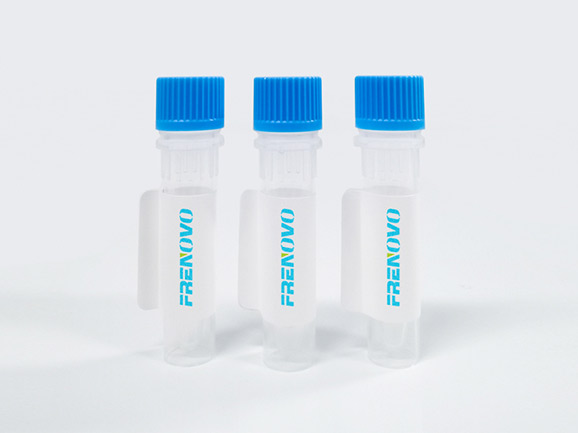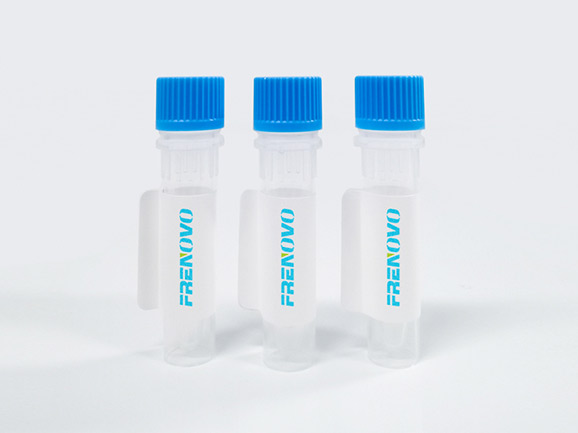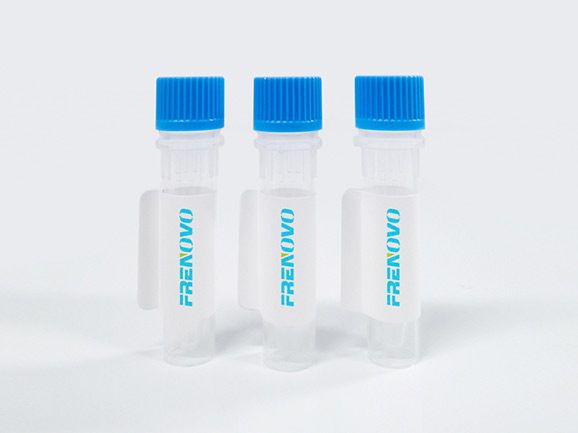Due to the clinical demand for diagnosis and treatment, as well as the constant updates and applications of new technologies and methods for testing, many new immunodiagnostic test kits have emerged. This requires clinical laboratories to conduct comprehensive evaluations of new test kits to ensure their reliability and clinical value. The evaluation of test kits should follow the following basic principles to ensure proper evaluation of experiments.
Reference experiments are widely accepted in the diagnostic test industry as a reliable experiment, which includes two basic aspects:
Reliable reference reagents whose results are reliable;
Reliable reference specimens, the properties of each specimen must be determined.
The reference specimen should contain non-reactive, weakly reactive, moderately reactive, and strongly reactive specimens.
The reference specimen should include at least 30 specimens, as many specimens as possible should be used, and the more specimens used, the more effective the evaluation.
The reference specimen should consider including precise specimens to check for batch differences in the reagents.
Reference specimens used for testing should come from different regions and different populations.
The reference specimen should also consider including serum-type or subtype specimens that target the pathogen to be tested.
If the specimens used to establish the reference specimen are not newly collected, they should be divided into several frozen samples.
It is important to use samples that are in good testing condition (no hemolysis, lipemia, denatured protein, precipitated, or contaminated).
Each evaluation experiment of the test kit must be measured under the same conditions:
Conducted in the same laboratory.
Use the same equipment (washers, enzyme markers, pipettes, etc.).
If possible, measure on the same day.
Conducted by the same technician.
Use unexpired and properly stored reagents.
Technicians conducting experiments should not know the results of other experiments (blind testing).
If there are inconsistent results among various experiments, certain measurements must be taken:
All specimens with discordant results must be retested using the reagents that have been used before to ensure that no technical errors occur. This repeated experiment should be carried out under the conditions mentioned earlier.
If the specimens still show discordant results, they should be retested by another technician using the same reagents.
If the comparative experiment does not include a reference experiment, all discordant results must be tested by the reference experiment.
Sensitivity
(1) Sensitivity represents the ability of a test to detect a small amount of analyzed material (such as antibodies or antigens). If one test can detect a certain antibody or antigen while another test cannot, the former is considered more sensitive.
(2) Sensitivity is the ability of a diagnostic test to detect positive results (no negatives). A diagnostic test may detect a small amount of antibodies or antigens, but it may also miss some positive samples due to the lack of appropriate antigens or antibodies in the test.
Specificity is the ability of a test to correctly identify all negatives (i.e., no false positives), and most tests are not 100% specific.
Test efficiency refers to the total ability of a test to correctly identify all positives and negatives (no false positives or false negatives). It is a comprehensive measure of sensitivity and specificity, reflecting the overall efficiency of the test.
Predictive values
Predictive values differ from the above parameters and describe the test evaluation considering the prevalence of infection factors in the tested population. Therefore, evaluating a test kit is more dependent on the test population than on its sensitivity and specificity. The positive predictive value (PPV) is defined as the proportion of infected individuals in all positive results. The negative predictive value (NPV) is defined as the proportion of uninfected individuals in all negative results.
In summary, the evaluation of the diagnostic test kit depends on the sensitivity, specificity, test efficiency, predictive values, and operational skills of laboratory personnel. A rigorous evaluation requires trained personnel to evaluate, operate in accordance with the developer's requirements, evaluate the same batch of serum, and operate under the same experimental conditions to obtain accurate evaluations and provide reference results for clinical use.



